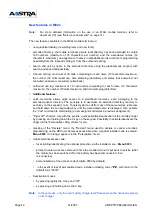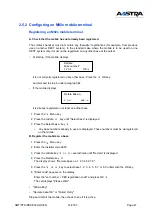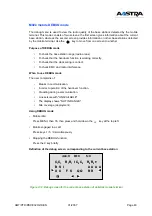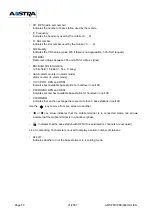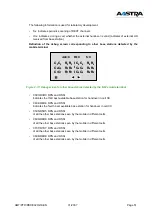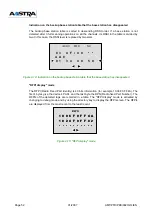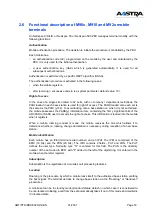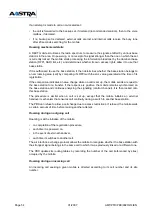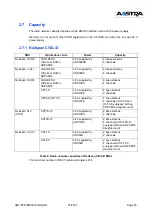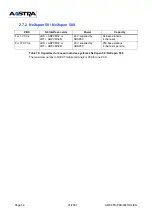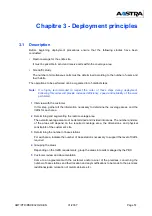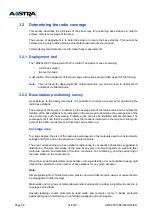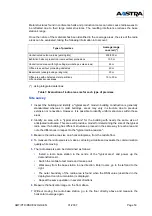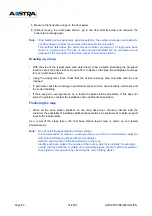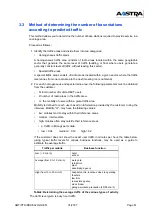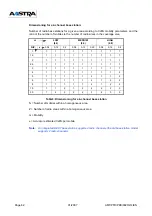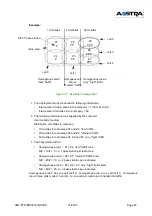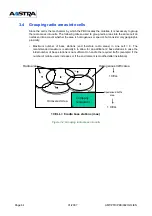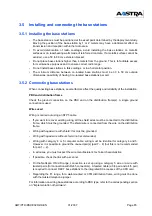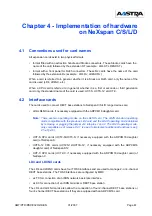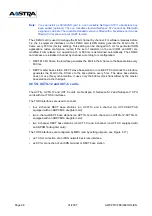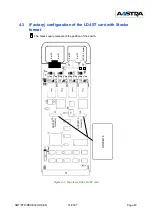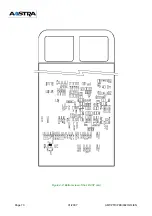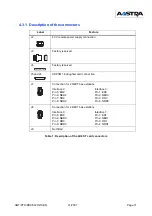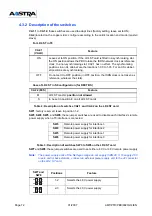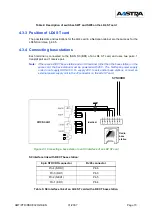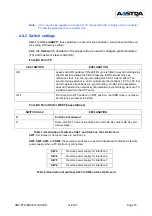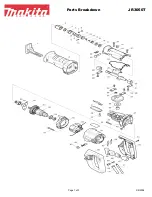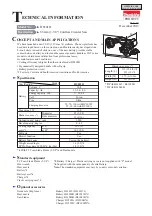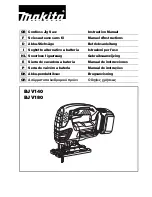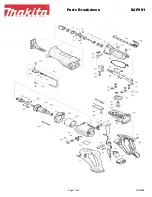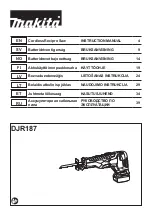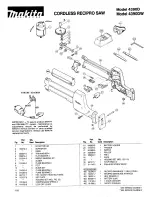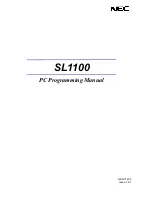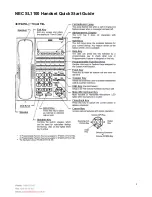
Page 60
01/2007
AMT/PTD/PBX/0020/2/4/EN
8
Measure the horizontal range on the floor below.
9
Without moving the radio base station, go to the floor directly below and measure the
horizontal coverage again.
Note:
If the building allows good radio signal penetration, the vertical coverage could extend to
one floor above or below the one where the base station is located.
This method determines the horizontal and vertical coverage of a single radio base
station in a typical area. The size of the radio area obtained can be considered as an
average for the calculation of the total number of radio base stations.
Drawing up a map
•
With the size of the typical radio area determined, draw a sketch illustrating the proposed
locations of all the base stations for each floor. Indicate on the plan the anticipated coverage
for each radio base station.
•
Using the deployment tools, check that the actual coverage area coincides with the one
mapped.
•
In particular, check the coverage in problematic areas such as near elevators, staircases and
the ends of building.
•
If there are poor coverage areas, try to locate the base stations elsewhere. If this does not
solve the problem, consider the installation of an additional base station.
Finalising the map
•
When all the base station positions on the map have been checked, discuss with the
customer the possibility of installing additional base stations in special areas to better support
local traffic requirements.
As a result of the steps taken, the final base station layout map is drawn up and tested
simultaneously.
Note:
Do not install the base stations in false ceilings.
It is recommended to reduce a coverage area by one third in environments subject to
mild radio interference (offices with metal cabinets).
Note the exact location of the base stations on the map.
Identify each base station (the number of the room in which it is installed, for example).
Locate the base stations in visible and accessible places, where it will be possible to
check their correct operation by observing the units’ blinking diodes.
Summary of Contents for NeXspan C
Page 2: ...Page 2 01 2007 AMT PTD PBX 0020 2 4 EN...
Page 20: ...Page 20 01 2007 AMT PTD PBX 0020 2 4 EN...
Page 66: ...Page 66 01 2007 AMT PTD PBX 0020 2 4 EN...
Page 70: ...Page 70 01 2007 AMT PTD PBX 0020 2 4 EN Figure 4 2 Bottom view of the LD4 ST card...
Page 134: ...Page 134 01 2007 AMT PTD PBX 0020 2 4 EN...

